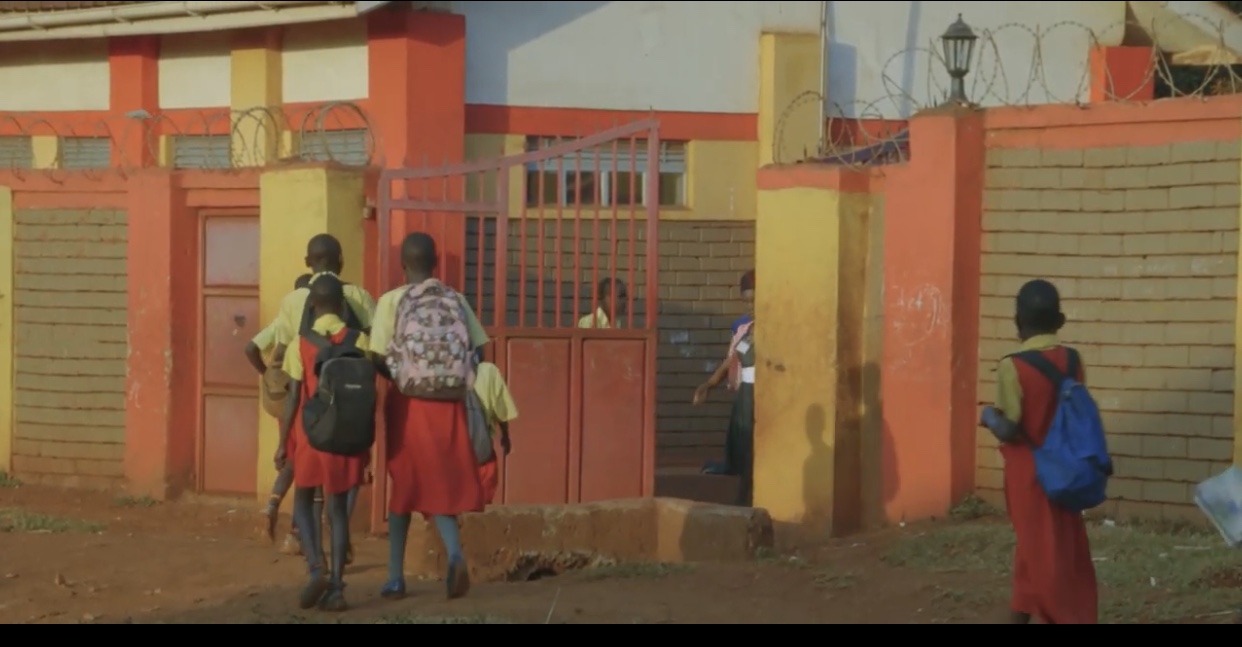
Photo: Webshot
February 03, 2022 NEW YORK
Millions of girls are at increased risk of female genital mutilation as a result of the COVID-19 pandemic. Shuttered schools, lockdowns and disruption to services that protect girls from this harmful practice mean an additional 2 million cases may occur over the next decade.
“We are losing ground in the fight to end female genital mutilation, with dire consequences for millions of girls where the practice is most prevalent,” said Nankali Maksud, UNICEF Senior Advisor, Prevention of Harmful Practices. “When girls are not able to access vital services, schools and community networks, their risk of female genital mutilation significantly increases – threatening their health, education and future. As we mark International Day of Zero Tolerance for Female Genital Mutilation and approach two years of the pandemic, we must recommit to concerted and well-funded action to get back on track and end the practice everywhere.”
Female genital mutilation is a violation of girls’ rights and can lead to serious health complications and even death. Girls subjected to female genital mutilation are at increased risk of child marriage and dropping out of school, threatening their ability to build a better future for themselves, their families and their communities.
According to latest available data:
- At least 200 million girls and women alive today have undergone female genital mutilation. An additional 2 million girls could be at risk by 2030 due to COVID-19, resulting in a 33 per cent reduction in the progress toward ending this harmful practice.
- An alarming trend is emerging. Around 1 in 4 girls and women who have undergone female genital mutilation, or 52 million worldwide, were subjected to the practice at the hands of a health personnel. This proportion is twice as high among adolescents, indicating growth in the medicalization of the practice.
- Of 31 countries with available data on female genital mutilation, 15 countries are already grappling with conflict, rising poverty and inequality, creating a crisis within a crisis for the world’s most vulnerable and marginalized girls.
- In some countries, female genital mutilation is still almost universal with around 90 per cent of girls in Djibouti, Guinea, Mali and Somalia affected.
- In about half of countries, female genital mutilation is increasingly performed at younger ages, narrowing the window of opportunity to intervene. For example, in Kenya, the average age of undergoing the practice has dropped from age 12 to age 9 in the past three decades.
- Progress is possible. Today, girls are a third less likely to be subjected to female genital mutilation compared to three decades ago; however, progress needs to be at least 10 times faster to meet the global target of elimination by 2030. Multiple overlapping crises, including COVID-19, rising poverty, inequality and conflict, are putting millions of girls at increased risk of female genital mutilation.
- In the last two decades, the proportion of girls and women in high-prevalence countries who oppose the practice has doubled.
- Ensuring girls’ access to education, healthcare and employment is critical to accelerating the elimination of female genital mutilation and allowing girls to contribute to equitable social and economic development
